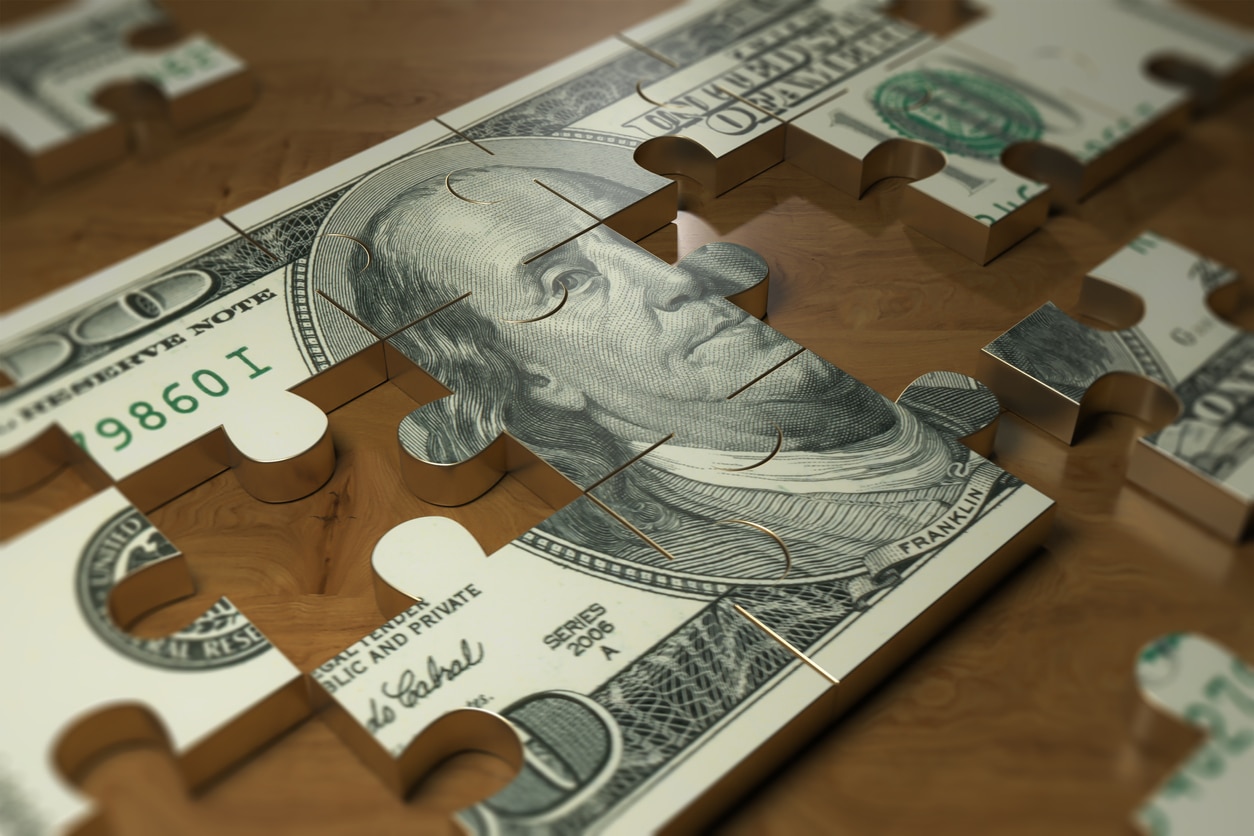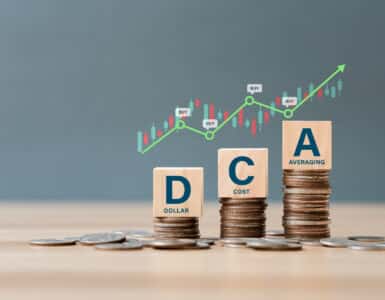Tax season has officially arrived. For nearly 75 percent of Americans, that means receiving a refund from the IRS of the taxes that were overpaid throughout the previous year. With the average check or direct deposit for individuals coming in at $2,700 for the most recent filing season, chances are you could expect to receive a tidy sum after completing your 2020 returns.
And there could be even more money on the way for families who continue to feel the impacts of the COVID-19 pandemic on our economy. While no final decision has been made, lawmakers this week are considering a third stimulus payment that would add even more funds to the bank accounts of those who meet certain income requirements.
How you should spend your next windfall, whether it’s from taxes or a pending stimulus check or even both, really depends on your financial situation.
Build up your emergency fund
If you don’t already have three to six months of living expenses tucked away in a savings account to use in case of a financial emergency, now is the time to start one. During the pandemic, in particular, emergency funds are even more key than paying down high interest rate debt (see below). To figure out how much you’ll need to save, take a look at what you spend each month on housing, transportation, debts, food and other general living expenses. If you don’t have at least a few months’ worth in a savings account, allocate some of your refund or your stimulus payment there. Remember, those who are single will likely need to save less than those who support a larger family.
Pay down high-interest debt
When you receive a large sum of money, consider that a cue to look at what you can do in order to get the proverbial biggest bang for the buck. If you have high interest rate debt, chances are paying it off (or down) will provide that. Here’s why: The return on your money is equal to the interest rate and it’s guaranteed. Pay off a 19% credit card? That’s a 19% return – which is hard to top. Plus, it’s hard to put a price tag on peace of mind. Getting out from under growing credit card debt can often remove some of the monthly mental pressure that comes from living with high-interest loans. Once your high-interest debt is paid down, you can move on to other financial goals.
Save for college
If you have children, consider investing in a 529 plan. As parents, we can sometimes feel guilty for prioritizing our own retirement above a child’s higher education expenses, even though it’s financially smart. If you place your tax refund in a 529 account each year, that money can grow over time and help fund college for your offspring. Another good thing about 529 plans is they can be used for traditional colleges and universities, and for trade schools. And if you have more than one child, and one chooses not to go to college, you can put that money toward your other child’s education. Beware: Not all 529 plans are the same. Some states offer a tax deduction for contributions. Compare plans at savingforcollege.com.
Invest in a new appliance
You can replace an old household appliance and save on energy bills for years to come. Replacing a 10 or 15-year-old washing machine or refrigerator with an energy-star model can save several hundred dollars a year, make your kitchen or laundry room look better, and if you go with a stainless steel version, it could even add to the resale value of your home.
With reporting by Casandra Andrews






